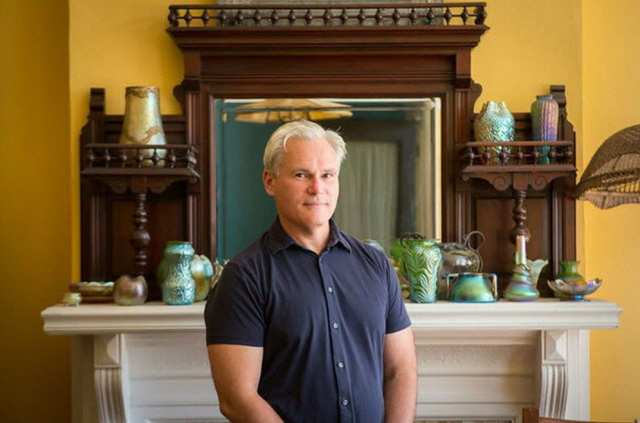Jonathan D. Katz’s quest to queer the art world one exhibition at a time
Vancouver Sun – Kevin Griffin – June 21, 2016
Click here to watch the video: http://vancouversun.com/news/staff-blogs/art-seen-jonathan-d-katzs-quest-to-queer-the-art-world-one-exhibition-at-a-timeIn 2005, Jonathan D. Katz curated a unique art exhibition at Yale University’s art gallery.
On display were works by artists such as Charles Demuth, Marsden Hartley, Robert Rauschenberg, Jasper Johns, Cy Twombly, Louise Nevelson, Robert Indiana and Andy Warhol. The exhibition was unique because all the works were by American gay and lesbian artists from the Yale University art collection.
Night Out: Yale University Celebrates a Legacy of LGBTQ Artists didn’t last long. Yale told Katz it could only be up for one evening.
“I wanted to make a point that there was an alternative history that could be told and what the museum elected to tell was, in some sense, premised on inattentiveness to questions of sexuality,” he said.
“I’m not saying that sexuality is the only story in art that needs to be told. I’m just saying it’s a story that’s not been told and that museums won’t tell.”
The exhibition coincided with the end of funding for the Larry Kramer Initiative for Lesbian and Gay Studies of which Katz was executive director.
“You probably picked up my mixed tone,” he said.
“I’m incredibly grateful that Yale allowed me to tell that story with their collection and I’m also unhappy that it was only for one day.”
Katz is an art historian at the State University of New York at Buffalo. As a scholar, he’s interested in the intersection of art history and queer history. Historically, queer was a pejorative word but it has changed over time and is now being reclaimed and used to describe not only gays and lesbians but also gender non-conformists and others who consider themselves at odds with definitions of normalcy.
I was interviewing Katz because he’s the curator of Drama Queer, the art exhibition at the Queer Arts Festival which opens today at the Roundhouse Community Centre.
His work puts him at the forefront of art historians and curators studying art from a queer perspective. Because of his huge expertise American art history and LGBTQ issues, I wanted to ask him about more than Drama Queer.
I had come across the story of the one-day queer art show at Yale in a speech given by legendary AIDS activist and playwright Larry Kramer to the school’s Gay and Lesbian Association. Kramer explained that in 2001, his brother gave $1 million to the university to set up the Larry Kramer Initiative. Katz’s queer art show took place when the funding for LKI was coming to an end.
Katz said the disappearance of LKI came down to the university not liking his kind of interdisciplinary program in the Women’s and Gender Studies Department.
“We were a free radical and the one thing Ivy Leagues are worried about are free radicals,” he said by phone from Buffalo.
“We had to be made official. When I was there, they hired a queer historian in the history department. (Yale) moved it into the traditional departmental structure which makes universities much happier because then they operate with levels of containment and control.”
Katz is one of the leading queer art curators in the U.S. His exhibitions have included exploring the relationship between Robert Rauschenberg and his gay lover Jasper Johns and the politics of camp. As well, he was guest curator for the groundbreaking exhibition Hide/Seek: Difference, Desire and the Invention of Modern American Portraiture for the Smithsonian Institution’s National Portrait Gallery. Hide/Seek was the first time a major U.S. art institution looked at the relationship between art and sexuality in an exhibition. More recently, he co-curated the exhibition Art AIDS America on how AIDS changed American art.
Katz is also president of the board of trustees of the New York’s Leslie-Lohman Museum of Gay and Lesbian Art,* the first art museum dedicated to showing the work of gay and lesbian artists.

Besides curating queer art exhibitions, he’s also writing a book with a provocative title: The Homosexualization of American Art: Jasper Johns, Robert Rauschenberg and the Collective Closet.
The book looks at what Katz describes as a “curiously understudied aspect of U.S. modernism”: the period when the aggressively heterosexual abstract expressionists led by artists such as Jackson Pollock and Willem de Kooning of the 1950s were replaced by a generation of almost entirely queer artists such as Johns, Rauschenberg, Cy Twombly, and Andy Warhol in the 1960s.
“I’m looking at the shift from one generation to another and how it came to pass, broadly speaking, that queer artists represented America to itself,” he said.
Katz said he’s spent years researching and writing the book which will be published next year.
“I have been bedevilled in writing the book, for example, by reproduction rights. It is not something people pay attention to but the fact of the matter is that when you’re writing an art history book you have to get permission from artists or from artist’s estates.
“Until recently, that permission was very hard to get if was around, for example, sexuality. Even the most successful artists were worried about the revelation about their sexuality.”
Katz recalled a conversation he had with Elsworth Kelly about getting art work for the Hide/Seek exhibition. Kelly was a hard-edge abstract painter as well as a sculptor and printmaker. He died last year. In 2014, a painting by Kelly sold for $4.47 million US at Christie’s.
“’You’re going to destroy my prices,’” Kelly told him.
“I’m thinking: ‘My god, you’re Elsworth Kelly and you’re worried about that.’ But that’s evidence of how deep the scars from the 1950s run.”
Katz’s Drama Queer is showing work by European, American and Canadian artists. The exhibition includes paintings by Vancouver artist Attila Richard Lukacs.
“I don’t think he would object if I called them antiwar paintings,” Katz said. “I embarrassed him when I praised him.”
Katz said Drama Queer is a museum-quality show that is only up for 10 days because that’s the duration of the Queer Arts Festival. Most exhibitions he curates are usually on display for several months.
“One of the things that I’ve been on a crusade for is to make the world safe for queer exhibitions in mainstreams museums.”
Despite the fact that queer-themed exhibitions generate lots of interest and high attendance, he said, museums are terrified of presenting them.
“Because fundamentally, at least in the U.S., decisions are made not by the attendance of these exhibitions — that’s not what makes an exhibition valuable,” he said.
Because directors on boards of museums are the big collectors with big money, they’re the people with the greatest influence on programming.
The contrast between Canada and the U.S. in terms of the source of funding is striking. One Canada Council study (admittedly with dated information from 2005) said that per capita public funding for all the arts in Canada amounted to about $56 per person compared to $7.14 in the U.S.
The Museum of Modern Art in New York, for example, has raised $858 million for its new building: $500 million privately from pledges of board trustees and $65 million from the City of New York.
“You can say and write anything you want about poetry because there isn’t big money in poetry,” he said.
“But there is very big money in art. The social class that is in a position to fundamentally influence the museum world is currently standing at the top of the social hierarchy. They’re not going to embrace things by and large that are going to threaten that position.”
Drama Queer opens today, Tuesday, June 21, and continues to Thursday, June 30 at The Roundhouse Community Centre. Drama Queer is part of the Queer Arts Festival.
![Fagger Rangers vs Musulmen by 2Fik is part of Drama Queer during the Queer Arts Festival 2016 at the Roundhouse Community Centre. [PNG Merlin Archive]](https://wpmedia.vancouversun.com/2016/06/fagger-rangers-vs-musulmen-by-2fik-is-part-of-drama-queer-du-e1466529311611.jpeg?quality=55&strip=all)
*Correction to title Wednesday, June 22, 2016.

